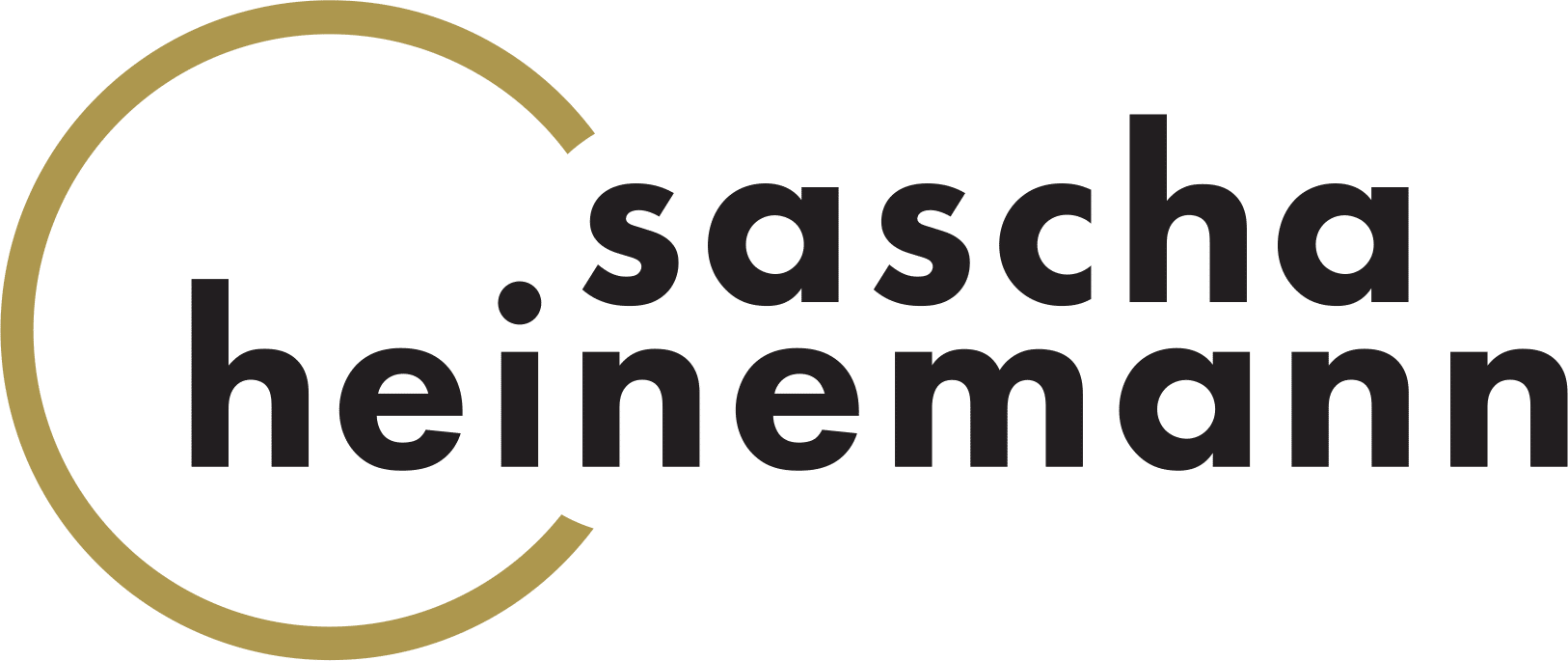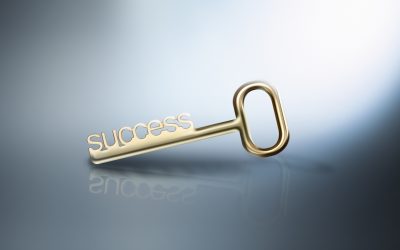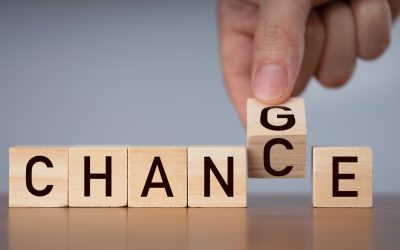If you find giving constructive feedback uncomfortable, you’re not alone. In an HBR survey of 7,631 people, 44% of managers agreed that delivering negative feedback is stressful, while 21% admitted that they avoid it altogether.
This is a shame because constructive feedback is essential for cultivating a culture of continuous improvement and growth.
In this article, I provide you with practical tips to not only simplify the process but also increase the odds that your feedback will lead to the desired changes.
7 tips to offer effective constructive feedback (without the stress):
1. Be intentional:
Before offering feedback, reflect on your intentions. Picture a scenario where you need to discuss a performance issue with one of your team members. Instead of just aiming to address the problem, set the intention to be supportive and focused on growth.
In doing so, you’re not merely navigating a challenging conversation; you’re setting the tone for the conversation itself. Remember, the real power lies not just in the words you use but in the intentions behind them.
2. Make it timely:
According to a study done by Linköping University, the timing of feedback significantly influences its impact on employee performance. A general guideline to remember is that the sooner the feedback is provided, the more impactful it tends to be.
Tip: In emotionally charged situations, wait until everyone has calmed down before giving feedback. This approach enhances receptivity and ensures a more constructive dialogue.
3. Start with why:
A team of psychologists has discovered an almost magical phrase that’s been shown to make constructive feedback 40% more effective.
The magical feedback phrase is:
“I’m giving you these comments because I have very high expectations and I know that you can reach them.“
That’s it. Just 19 words. But they’re powerful because they convey, “I see you. I know you. You belong. You’re special. I believe in you.”
4. Encourage an open dialogue:
Most leaders I talk to make one critical feedback mistake. Instead of having a two-way discussion where both parties can share their perspectives, they often impose their views, missing out on valuable insights from their people.
Instead, follow organizational psychologist Roger Schwarz’s advice. He suggests starting with shared observations, inviting input, and jointly determining the best way forward.
Here’s his approach in action:
“I want to start by describing what I saw… and see if you saw the same things… Then we can decide what, if anything, we need to do going forward. I’m open to the possibility that I may be missing things or that I contributed to the concerns I’m raising. How does that work for you?”
5. Make it regular:
With 63% of employees expressing a desire for more feedback, research consistently reveals that the absence of regular input can result in adverse consequences.
These range from decreased employee engagement and potential skill stagnation to heightened levels of job dissatisfaction and an increased risk of burnout. Remember, the more frequently and consistently you provide feedback, the better.
6. The role of empathy:
Research has shown that the order of praise and constructive statements may not significantly impact the effectiveness of feedback. Instead, “people want input from someone who is genuine, engaging, kind, and clear,” said study author Summer Bottini, PhD. In essence, people value feedback when it’s delivered with empathy.
Here’s the problem: The same study has found that leaders high in empathy may avoid giving constructive feedback due to the emotional and cognitive toll it takes on them. An effective strategy my clients have employed to tackle this challenge is by providing additional context.
Drawing from Adam Grant’s research, consider these phrases as tools to do so:
- “I’ve benefited a lot from people giving me feedback, and I’m trying to pay that forward by doing more of that myself.”
- “I’ve been studying great managers, and I’ve noticed that they spend a lot of time giving feedback. I’m working on doing more of that.”
- “Now that we’ve been working together for a while, I think it would be great if we gave each other suggestions for how we can be more effective.”
7. The ideal praise-to-crticism ratio:
Nothing kills receptiveness to critical feedback faster than a manager who’s too busy to also recognize and acknowledge their people’s contributions.
A study done by the University of Michigan Business School has even determined the ideal praise-to-criticism ratio:
“The average ratio for the highest-performing teams was 5.6 — that is, nearly six positive comments for every negative one.”
(While more studies are needed to validate the accuracy of this ratio, the fundamental premise that leaders should provide more positive than negative feedback remains valid.)
When giving positive feedback make sure it’s specific, timely, and focused on observable behaviors and their impact.
❌ Ineffective feedback: “Good work on the presentation.”
✅ Effective feedback: “During the client presentation today (Specific and Timely), I noticed how well you engaged with the audience, using clear and concise language (Observable Behaviors). This had a positive impact, as it kept everyone’s attention, and we received positive feedback from the client afterward (Impact). Keep up the great work.”
Many leaders find giving constructive feedback challenging. By keeping the above tips in mind, you can navigate these conversations without the stress, while fostering a culture that actively contributes to the continual development and success of your people.
P.S. – Whenever you are ready… here are 3 ways I can help you accelerate to your next level of performance & success:
- Free Resource – A Practical, Actionable Guide To Help Sales Managers Thrive In The New Age Of Hybrid Working.
- Mindset Assessment – Discover How To Harness The Elite Athlete’s Mindset For Sales Success With The ELI™ Assessment.
- 6-Month Coaching Program – Work With Me 1:1 To Achieve A Whole New Level Of Leadership Performance & Sales Success.
Studies Show Impact Of The ELI
Studies show that people with higher A.R.L.’s are statistically more satisfied with all aspects of their lives ranging from work-life balance and productivity to communication and leadership effectiveness.







